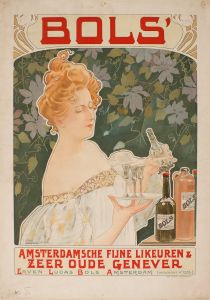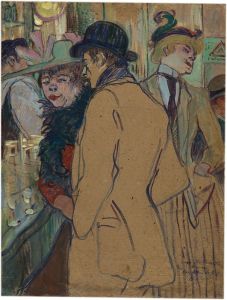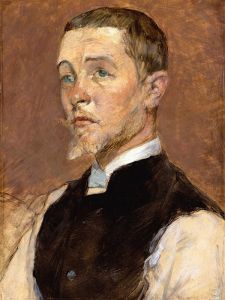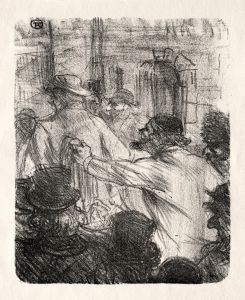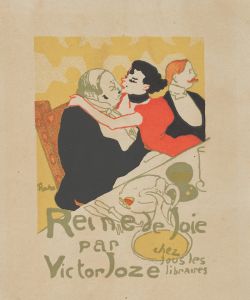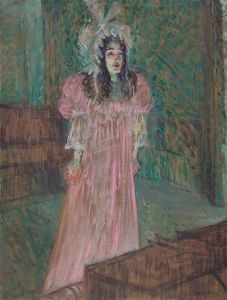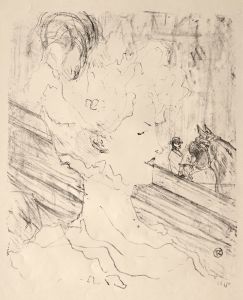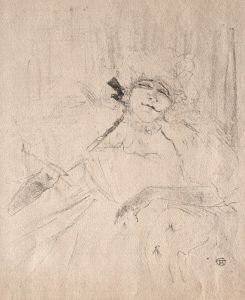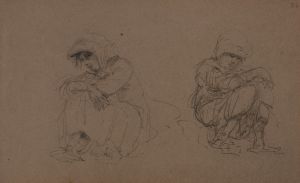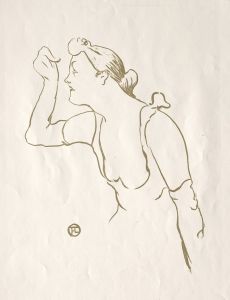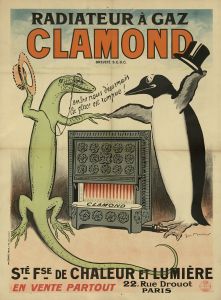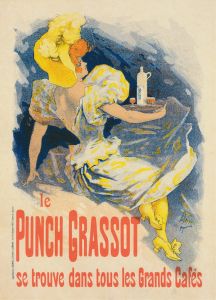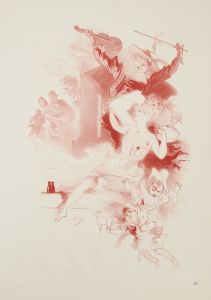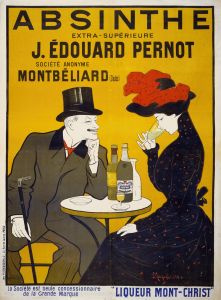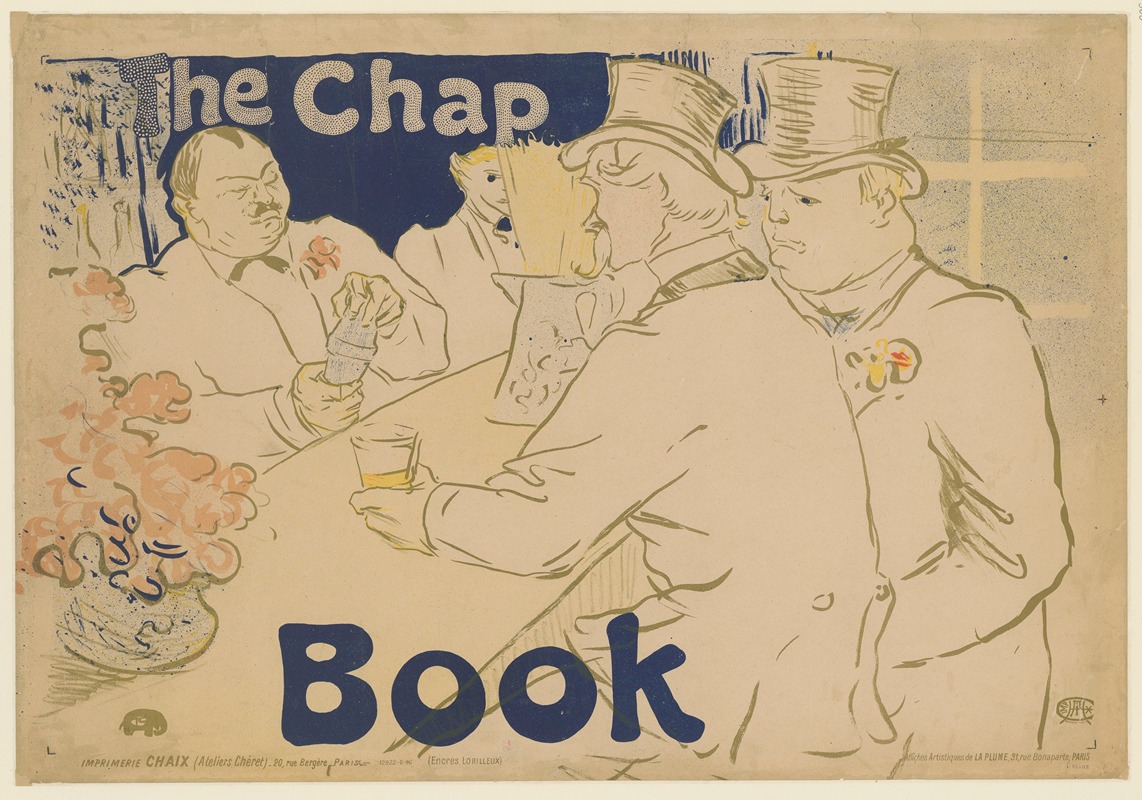
The Chap Book
A hand-painted replica of Henri de Toulouse-Lautrec’s masterpiece The Chap Book, meticulously crafted by professional artists to capture the true essence of the original. Each piece is created with museum-quality canvas and rare mineral pigments, carefully painted by experienced artists with delicate brushstrokes and rich, layered colors to perfectly recreate the texture of the original artwork. Unlike machine-printed reproductions, this hand-painted version brings the painting to life, infused with the artist’s emotions and skill in every stroke. Whether for personal collection or home decoration, it instantly elevates the artistic atmosphere of any space.
"The Chap Book" is a lithograph created by the renowned French artist Henri de Toulouse-Lautrec in 1896. Toulouse-Lautrec, a prominent figure in the Post-Impressionist movement, is celebrated for his vivid depictions of Parisian nightlife, particularly the bohemian culture of Montmartre. His works often capture the essence of the cabarets, theaters, and dance halls that defined the vibrant social scene of late 19th-century Paris.
"The Chap Book" was commissioned as a promotional poster for the American literary magazine of the same name. The magazine, which was published in Chicago, was known for its avant-garde content and played a significant role in the literary and artistic movements of the time. Toulouse-Lautrec's involvement in creating a poster for an American publication underscores his international appeal and the cross-cultural exchanges that characterized the art world at the turn of the century.
The lithograph features a striking composition with bold lines and a limited color palette, typical of Toulouse-Lautrec's poster art. It depicts a fashionable young woman, elegantly dressed and holding a copy of "The Chap Book." Her confident pose and direct gaze engage the viewer, drawing attention to the magazine she holds. The background is relatively simple, ensuring that the focus remains on the central figure and the publication she promotes.
Toulouse-Lautrec's use of color in "The Chap Book" is particularly noteworthy. The artist employs a combination of muted tones and vibrant accents to create a visually appealing contrast. The woman's attire, rendered in shades of black and white, is complemented by the bright red of the magazine cover, which stands out prominently. This use of color not only enhances the overall composition but also serves to highlight the importance of the publication being advertised.
The lithograph exemplifies Toulouse-Lautrec's mastery of the poster medium, which he helped elevate to an art form in its own right. His posters are characterized by their dynamic compositions, innovative use of typography, and ability to capture the spirit of the subjects they depict. "The Chap Book" is no exception, showcasing the artist's talent for creating compelling visual narratives that resonate with viewers.
Henri de Toulouse-Lautrec's work on "The Chap Book" reflects his broader contributions to the world of art and advertising. His posters were not merely commercial endeavors but artistic creations that have endured as iconic representations of their era. Today, "The Chap Book" is celebrated as a classic example of Toulouse-Lautrec's poster art, admired for its aesthetic qualities and historical significance.
In summary, "The Chap Book" by Henri de Toulouse-Lautrec is a lithographic poster created in 1896 to promote an American literary magazine. The artwork features a stylish young woman holding the magazine, rendered with the artist's characteristic bold lines and striking use of color. This piece is a testament to Toulouse-Lautrec's skill in the poster medium and his ability to capture the essence of the cultural milieu of his time.





